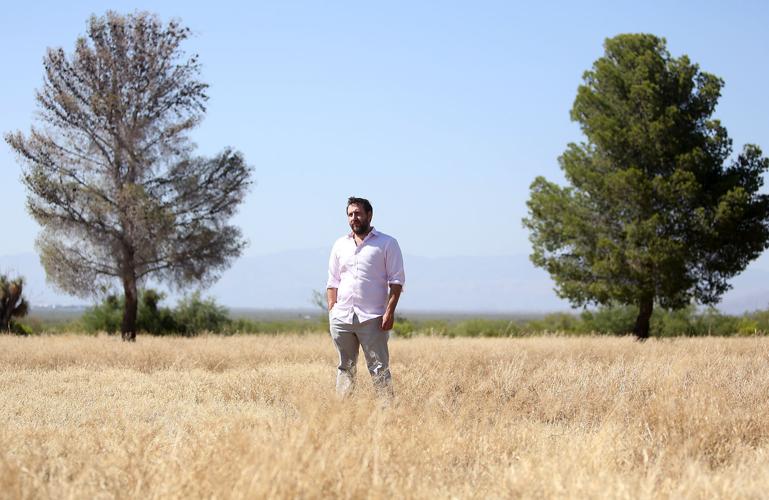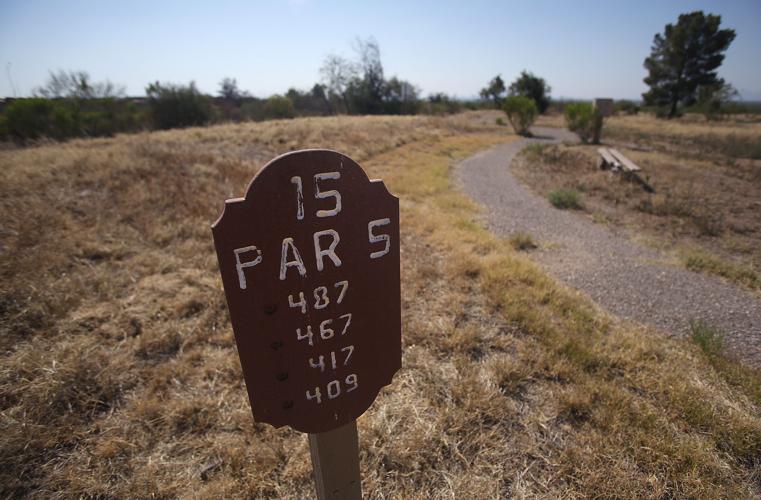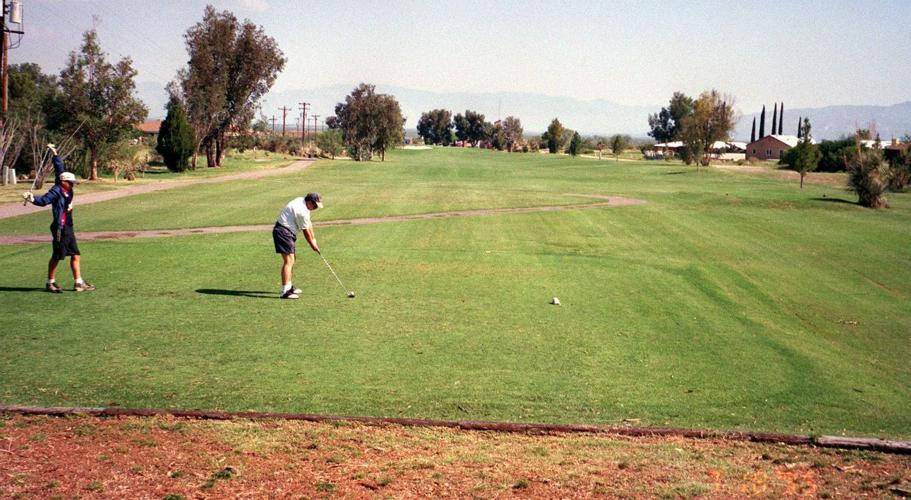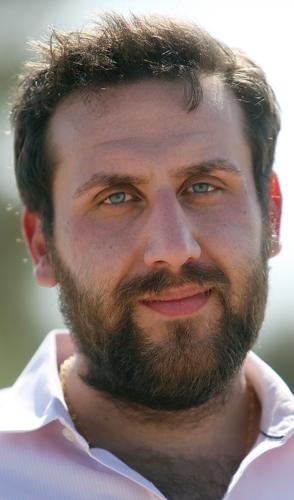From the air, the former Santa Rita Golf Course still looks like you could get a round in, albeit on grass that has seen greener days.
On the ground, however, residents say it has been overrun with desert flora since the course southeast of Tucson closed in 2011.
Whether the property would ever be a golf course again had been uncertain until recently.
The Pima County Planning and Zoning Commission approved plans last Tuesday to develop two lots on what was once 40 acres of greens and fairways, though the Board of Supervisors still has to sign off on it.
David Mahmoodi, the new owner of the two lots, said he plans to build one home on each parcel, one for his dad and the other for himself.
“When someone buys 20 acres, they assume you’re going to build as much as you can,” Mahmoodi said of his plans. “I think it was a relief to (area residents) that it was only one house.”
“That is about as low impact a development as (residents) could ask for,” said Chris Poirier, of the county’s Development Services department.
The former course southwest of Vail in Corona de Tucson put the issue of what to do with defunct golf courses on the county’s radar, Poirier said. After it closed, residents contacted county officials, hoping to get help in handling the open space, something Poirier said the county wasn’t “in a position to take … on.”
One of the new development policies in the most recent county comprehensive plan is to “explore options to address the re-use of entitled, unconstructed golf courses; retired/abandoned golf courses; and golf courses without an alternative use.” That’s been done, in part, as a response to golf’s flagging fortunes in recent years.
“This is not something that we’ve dealt with,” said David Petersen, a senior planner with the county’s Development Services. “For the longest time, golf was a thriving industry.”
At least one other golf course, near Green Valley, is in a similar situation to the Santa Rita course, Petersen and Poirier said. Poirier, however, says he hopes golf can rebound with a growing economy.
Tom Starrs, the realtor whose job it was to try to sell the Santa Rita course and, when that failed, sell it off in chunks, had a simple explanation for why the sport has been struggling.
“It’s not going down well with millennials,” Starrs said. “All signs are pointing to golf as probably being a sport that’s diminishing very much in popularity with upcoming generations.”
Balancing act
Redeveloping golf courses comes with its own challenges. Whether they are golfers or not, many residents choose to live near courses because of the open spaces and unobstructed views. Those preferences don’t go away when the course shutters.
“I was never really an avid golfer,” said Mike Perry, who lives near the former Santa Rita course. “I just liked being out in that type of environment, and I came out here to retire.”
He liked it so much, he said, that he picked up one of the course lots with the goal of leaving it undeveloped, adding, “I didn’t want condominiums and townhouses in my backyard.”
And those preferences carry a lot of weight with Development Services, the Planning and Zoning Commission and Board of Supervisors, who make the final call on any post-golf course proposals, Poirier said.
That’s why Mahmoodi’s proposal to build just two homes on nearly 40 acres was met with little opposition and even some support.
“That individual has got the right intentions. He wants to build a house and wants to work with the neighbors, and that is something that has not happened in this community,” Perry said of his likely soon-to-be neighbor. “That is what this community needs: we need people doing small development to bring property prices back up, not letting the property go unmaintained and vacant and turning into a desert dust bowl.”








